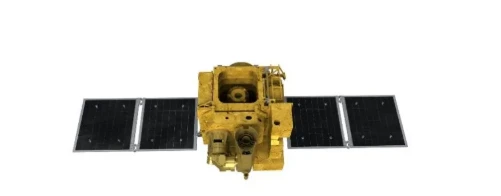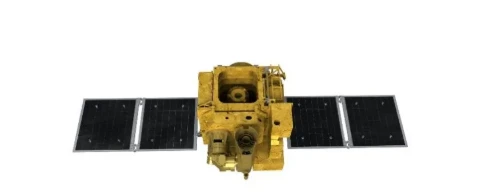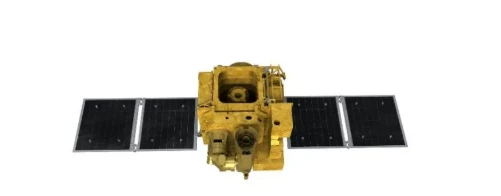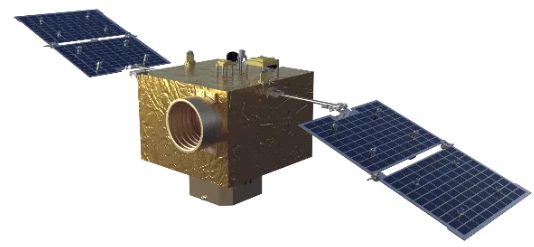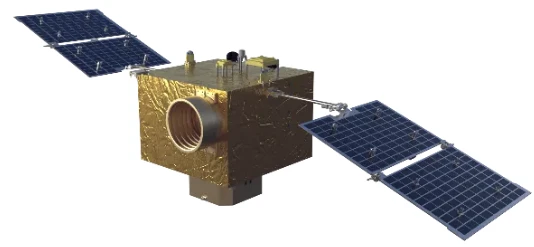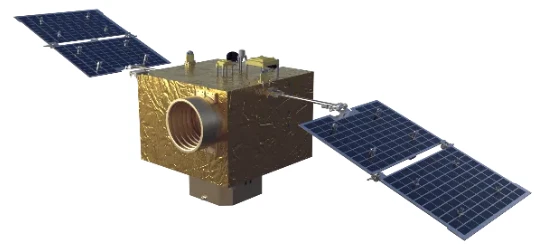
- ʻApelika
- Alapania
- Amahapika
- Apapika
- Ameniana
- Azerbaijani
- Pōkē
- ʻŌlelo Belarusa
- Penekali
- Ponia
- Pukalia
- ʻŌlelo Katalonia
- Cebuano
- Kina
- ʻŌlelo Kokia
- Koalia
- Keka
- Kenemaka
- Hōlani
- Pelekania
- ʻŌlelo Esperanto
- Ekekonia
- Pinilana
- Palani
- Frisian
- Kalikia
- Keokia
- Alemania
- Helene
- Kuhalaki
- ʻŌlelo Haiki
- Hauka
- ʻŌlelo Hawaiʻi
- Hepela
- ʻAʻole
- Miao
- Hunakalia
- ʻĀinahau
- igbo
- ʻInikonia
- Ipelana
- Ikalia
- Kepanī
- Kawanī
- Kanākā
- ʻŌlelo Kazaka
- Khmer
- Rwandan
- Kolea
- ʻŌlelo Kurdish
- ʻŌlelo Kyrgyz
- hana hana
- ʻŌlelo Lākni
- Lakiwiana
- ʻŌlelo Lituania
- ʻŌlelo Lukemapuka
- Makekoni
- Malagasy
- Mālei
- Mālealama
- Malkī
- ʻŌlelo Māori
- Malapi
- ʻŌlelo Monokolia
- Maianamara
- Nepali
- Nolewai
- Nolewai
- ʻOkitana
- ʻŌlelo Pashto
- Pelekia
- Pōlani
- Pukikī
- ʻŌlelo Punajabi
- Lomānia
- Lukia
- Sāmoa
- Gaelika Sekotia
- ʻŌlelo Serbia
- Pelekania
- Shona
- Kiniki
- Sinhala
- Kolowakia
- Kolewenia
- ʻŌlelo Somalia
- Kepania
- Sundana
- Kawahili
- Kuekene
- Kakalo
- Tajika
- Kamili
- Tatar
- Keluku
- Kailani
- Tureke
- ʻŌlelo Kuleke
- Ukrainian
- Urdu
- Uighur
- ʻUzbek
- Vietnamese
- Welsh
- Kokua
- Yiddish
- Yoruba
- Zulu
Satellite Support Services: A Digital Bridge Connecting the World
As the world becomes increasingly reliant on uninterrupted digital communication, nā lawelawe kākoʻo ukali play a crucial role in bridging connectivity gaps, enabling reliable access even in remote and underserved regions. From aerospace navigation and military intelligence to broadband internet and meteorological monitoring, satellites have transformed how humanity connects and communicates. Today, with the emergence of China satellite networks and cutting-edge innovations like Starlink internet, the role of ground support infrastructure and technical services is more important than ever.
Expanding Global Networks with Satellite Support Services
In the current era of fast-paced digital development, nā lawelawe kākoʻo ukali are the backbone of global space communication infrastructure. These services encompass the design, deployment, maintenance, and management of ground control stations, uplink and downlink facilities, signal monitoring systems, and end-user connectivity solutions. They are critical for ensuring operational stability of various satellite constellations used in navigation, broadcasting, weather monitoring, and defense.
Service providers specializing in nā lawelawe kākoʻo ukali often work closely with national space agencies, telecom operators, private aerospace firms, and maritime communication clients. Their responsibilities range from launch coordination and frequency allocation to telemetry tracking and command (TT&C) integration. These professionals ensure seamless data flow from orbiting satellites to earth-based terminals, preventing signal interruptions and data loss during critical operations.
As satellite constellations become more advanced and numerous—particularly with the advent of LEO (Low Earth Orbit) networks—the demand for specialized nā lawelawe kākoʻo ukali has grown rapidly. This includes AI-powered predictive maintenance, real-time analytics platforms, and remote station operation, all designed to reduce downtime and enhance signal clarity.
The Rise of China Satellite Technology on the Global Stage
Over the past decade, China satellite programs have emerged as global leaders in both technological innovation and strategic deployment. Initiatives such as Beidou, Gaofen, and Tianlian reflect China’s ambition to establish a self-reliant, globally functional space communication ecosystem. These satellites serve diverse sectors including navigation, geospatial imaging, agricultural planning, and high-speed internet coverage across Asia, Africa, and Latin America.
The Beidou Navigation Satellite System (BDS), for instance, rivals GPS in terms of accuracy and coverage. Meanwhile, Gaofen satellites provide ultra-high-resolution Earth observation, supporting disaster relief, environmental monitoring, and urban development planning. These systems rely heavily on robust nā lawelawe kākoʻo ukali for data retrieval, ground signal processing, and system diagnostics.
The success of China satellite technology is largely supported by its investment in ground-based infrastructure and local manufacturing of critical components such as antenna arrays, RF subsystems, and satellite modems. Collaboration between academic institutions and commercial enterprises has further enhanced innovation in satellite hardware and AI-integrated support systems.
As China continues to export satellite technology and support services to developing countries, it strengthens its geopolitical influence and offers alternative models to Western space dominance. This expansion opens opportunities for international cooperation in the nā lawelawe kākoʻo ukali industry, from launch logistics to training and maintenance programs.
How Starlink is Disrupting Traditional Internet Infrastructure
Elon Musk's Starlink internet initiative, spearheaded by SpaceX, represents a bold attempt to blanket the Earth in high-speed, low-latency internet using thousands of interconnected LEO satellites. Unlike traditional fiber optics or tower-based networks, Starlink internet is designed to bypass terrestrial limitations, providing fast broadband access in rural, remote, and conflict-affected areas.
Starlink’s innovation lies in its mesh-network architecture and phased array antennas, which automatically align with passing satellites to ensure uninterrupted internet access. However, this system relies heavily on high-quality nā lawelawe kākoʻo ukali to track satellite movement, manage user terminals, and upgrade firmware in real time. Ground stations located worldwide, including in regions near China, help minimize latency and stabilize data exchange.
While Starlink internet has garnered praise for its speed and reliability, it has also sparked discussions about orbital congestion, regulatory challenges, and potential interference with astronomical observations. Nevertheless, the model has inspired other nations, including China satellite developers, to launch similar LEO broadband programs like Hongyun and Xingyun.
With the right nā lawelawe kākoʻo ukali, companies and governments can integrate Starlink-type systems into existing infrastructure or create hybrid networks that combine LEO satellites with fiber optics and 5G. This not only ensures scalability but future-proofs national communication systems against blackouts, natural disasters, and cyber threats.
Integrating Satellite Support with Emerging 5G and IoT Technologies
The convergence of nā lawelawe kākoʻo ukali with 5G networks and Internet of Things (IoT) ecosystems promises to unlock unprecedented connectivity for industries like agriculture, logistics, oil and gas, aviation, and smart cities. Satellites provide essential redundancy and coverage in areas where terrestrial towers are either too expensive or technically impossible to deploy.
For instance, remote mining operations and offshore drilling platforms can use satellite links to maintain uninterrupted communication with their head offices. Likewise, autonomous vehicles in rural settings rely on GPS data and real-time telemetry—made possible through nā lawelawe kākoʻo ukali—to function effectively.
China is actively pursuing this integration by linking China satellite infrastructure with nationwide 5G expansion. Smart agriculture systems now use satellite imaging to monitor soil conditions, irrigation levels, and crop health in real time. These applications reduce waste, improve yield, and optimize resource allocation.
To maintain operational integrity, nā lawelawe kākoʻo ukali must manage bandwidth allocation, signal prioritization, encryption, and cross-platform compatibility. Emerging technologies like blockchain and quantum encryption are being tested to enhance the security of satellite-based communications, especially in defense and government sectors.
The Future Outlook of Satellite Communications and Support Services
The future of global communications rests in the hands of scalable, affordable, and efficient satellite infrastructure. As geopolitical competition and digital demand rise, nā lawelawe kākoʻo ukali will need to evolve rapidly, embracing cloud computing, AI diagnostics, and even robotic maintenance systems for spaceborne assets.
The China satellite market is projected to grow significantly over the next five years, driven by both domestic demand and international partnerships. By offering turnkey satellite systems with bundled support, China is becoming an increasingly attractive partner for nations aiming to upgrade their communication networks.
Meanwhile, Starlink internet is accelerating deployment to millions of users worldwide, prompting a race among providers to develop next-generation LEO satellites, onboard AI routers, and edge-computing capabilities. For businesses, government agencies, and academic institutions, this is the ideal time to invest in nā lawelawe kākoʻo ukali to ensure continuity, resilience, and innovation.
As satellite technology becomes more democratized, the quality of support services—training, maintenance, analytics, and integration—will determine which networks succeed. Whether through China satellite cooperation, global LEO networks like Starlink, or hybrid models, the world is entering a new age of space-based digital infrastructure.
China satellite FAQs
What are satellite support services and who uses them?
Satellite support services involve technical, logistical, and operational assistance that ensures the proper functioning of satellite systems. Clients include telecom companies, national space agencies, research institutions, and private enterprises using satellite communication for various purposes.
What makes Starlink internet different from traditional internet?
Starlink internet uses thousands of low-orbit satellites to provide broadband coverage globally. Unlike traditional internet infrastructure, it does not rely on cables or cell towers, making it ideal for remote or underserved areas with limited terrestrial connectivity.
Can satellite support services be integrated with 5G networks?
Yes, many satellite service providers are working to integrate with 5G by providing backhaul support, rural coverage, and redundancy. This enables seamless handoff between ground-based and satellite systems, ensuring broader and more reliable network access.
Is Starlink available in China or affected by Chinese satellite networks?
Currently, Starlink internet is not available in mainland China due to regulatory restrictions. However, China is developing its own LEO-based internet alternatives that function similarly. These systems operate in parallel but are managed separately under national frameworks.






